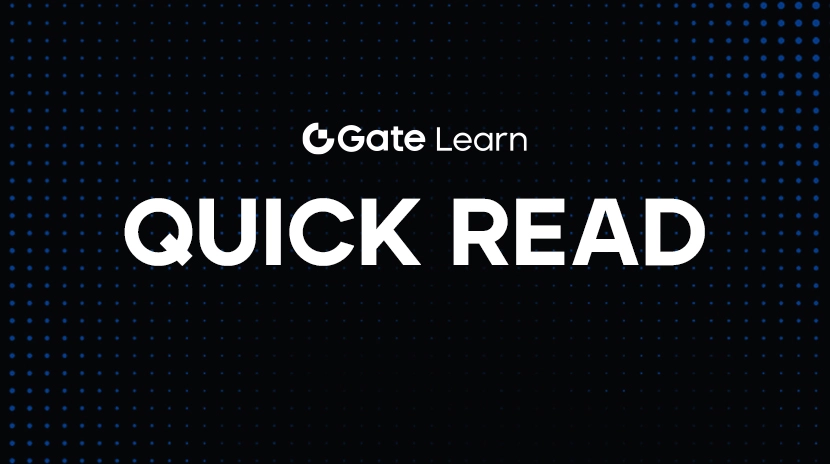Расшифровка Aethir: будущее и инновации децентрализованной вычислительной сети с графическими процессорами
Введение
С быстрым развитием технологии искусственного интеллекта (ИИ) растет спрос на эффективную вычислительную мощность. Особенно в областях глубокого обучения, анализа данных и т.д. Зависимость от вычислительной мощности GPU становится все более значительной. Однако традиционные облачные вычислительные платформы, хотя и обеспечивают мощную вычислительную поддержку, ограничены своей централизованной архитектурой, высокими затратами и низкой гибкостью, что ограничивает выбор многих разработчиков и предприятий. В ответ на этот вызов Aethir появилась как платформа сети GPU децентрализации, переопределяя рынок вычислительной мощности через инновационные модели токенов и эффективные вычислительные архитектуры.
1. Фон проекта и происхождение
1.1 Что такое Aethir
Aethir - это децентрализованная сеть вычислений на графических процессорах предприятия, разработанная для обеспечения глобально распределенных масштабируемых вычислительных ресурсов для искусственного интеллекта, игр и инфраструктуры Web3. Используя передовые технологии графических процессоров, такие как NVIDIA H100 и H200, Aethir предоставляет высокопроизводительные вычислительные услуги для глобальных клиентов в области искусственного интеллекта и облачных геймеров. Его децентрализованная архитектура также позволяет членам сообщества гибко и эффективно получать доступ к мощным вычислительным возможностям. Aethir не только решает вопрос распределения глобальных вычислительных ресурсов, но также внедряет инновационные приложения в области исследований в области искусственного интеллекта, машинного обучения, облачных игр и других областей.
1.2 Основные функции Aethir
Сеть Aethir охватывает более 93 местоположений, с более чем 400 000 мощных контейнеров GPU, посвященных выполнению основной функции - GPU как сервис (GPUaaS), что позволяет индивидуальным пользователям и предприятиям обмениваться и получать доступ к вычислительной мощности на платформе. Путем интеллектуального перераспределения простаивающей вычислительной мощности GPU Aethir максимизирует глобальное использование ресурсов GPU, ожидая увеличения глобальной доступности вычислительной мощности GPU более чем в десять раз. Aethir нацелен на продвижение распределенных вычислений на следующее поколение технологической революции, обеспечивая масштабируемые и эффективные облачные вычислительные решения для глобальных предприятий, преодолевая проблемы производительности и эффективности традиционных централизованных облачных вычислений. Aethir фокусируется на повторном использовании существующих простаивающих ресурсов, а не на требовании участников узла приобретать новое оборудование. Путем агрегирования ресурсов GPU из малых и средних центров обработки данных, предприятий и операций по майнингу криптовалют Aethir значительно улучшает использование ресурсов через интеллектуальное распределение ресурсов, дополнительно стимулируя развитие децентрализованных вычислительных услуг.

Источник:https://aethir.com/
1.3 Дорожная карта
Дорожная карта платформы Aethir (2023-2025) Основные цели и стратегии:
2023 Q4: Установка технического фундамента
• Обновление платформы: Внедрение поддержки серверов SoC, оптимизация экономической модели токенов и поощрение развития децентрализованного рынка GPU.
• Инновации продукта: начать тестовую фазу Aethir Air, улучшить руководство пользователя; запустить Cloud Phone PaaS, инновационный режим облачной связи; переформатировать модель аренды выделенного оборудования, расширить рынок высокопроизводительных вычислений.
2024 Q1: Расширение возможностей и оптимизация пользовательского опыта
• Техническое Расширение: Интеграция серверов ARM для улучшения совместимости оборудования; продвижение проверки и доступа к данным межцепочной проверки и данных на этапе В тестирования.
• Опыт пользователя: улучшение интерактивности игры, оптимизация облачных телефонных услуг, усовершенствование модели аренды выделенных серверов и предоставление более гибких решений для корпоративных клиентов.
2024 Q2: Market Insights and User Engagement
• Запуск на рынке: выпуск основной сети и листинг токенов для увеличения рыночного влияния; запуск панели инсайтов рынка Aethir для предоставления данных в поддержку.
• Построение сообщества: оптимизация инструментов коммуникации команды, запуск бета-версии платформы аренды GPU для привлечения технических пользователей и участия CTO.
2024 H2: Технологический прогресс и разнообразные услуги
• Экологическое расширение: Введение механизма белого списка GPU для поощрения развертывания коммерческих моделей в экосистеме; поддержка потока данных сенсоров и периферийных устройств.
• Улучшенная гибкость: Достигайте миграции данных между узлами для пользователей, оптимизируйте управление заказами на выделенных серверах и сократите время ответа службы.
2025 H1: Ведущая децентрализация и оптимизация сервиса
• Децентрализация посадки: Достигнуть децентрализации Чекера и Индексатора для увеличения доверия к платформе.
• Оптимизация сервиса: Внедрение инструментов разработчика, функций искусственного интеллекта по безопасности и открытого API управления выделенными серверами для улучшения опыта пользователей и гибкости.

Источник:https://docs.aethir.com/protocol-roadmap
1.4 Основной коллектив
Aethir была совместно основана Марком Райдоном и Даниэлем Вангом. Компанию возглавляет высококвалифицированная и успешная команда, члены которой отличились в технической и бизнес-сферах.
- Нынешний генеральный директор Марк Райдон занимал ключевые должности в нескольких известных компаниях, включая NOTA Platform, Flux Capital, Gaas LTD, Kulture Athletics, Inc. и Bechtel Corporation.
- Нынешний генеральный директор CBO, Дэниел Ванг, также имеет богатое резюме, занимавший важные должности в компаниях, таких как Mythos Venture Partners (GP), IVC (Венчурный партнер), YGG SEA (CIO), Riot Games (Менеджер по международному распространению) и Riot Games China (Менеджер по операциям).
2. Техническая архитектура и инфраструктура
Техническая архитектура Aethir построена на децентрализованной распределенной GPU-структуре, нацеленной на удовлетворение потребностей в высокопроизводительных вычислениях, таких как игры, обучение моделей и выводы искусственного интеллекта. Эта архитектура интегрирует географически разнесенные кластеры GPU в единую сеть, значительно улучшая вычислительную мощность, надежность и инфраструктурную эластичность.
2.1 Децентрализованное ГПУ как сервис
Основная технология Aethir основана на архитектуре децентрализованного GPU в качестве сервиса (GPUaaS), которая отличается от традиционной централизованной модели облачных вычислений. Предоставляя вычислительную мощность GPU через глобальную сеть, Aethir эффективно управляет и использует вычислительные ресурсы, удовлетворяя потребности в высокопроизводительных вычислениях в областях искусственного интеллекта, машинного обучения и облачного гейминга.
2.2 Архитектура инфраструктуры
Сеть Aethir состоит из пяти ключевых ролей: майнеры, разработчики, пользователи, держатели токенов и Aethir DAO. Эти роли работают вместе для содействия консенсусу сети и предоставления эффективных услуг по визуализации.
Инструменты для майнинга в частности:
- Контейнер: Основной ответственностью узлов контейнера является выполнение в реальном времени удаленных вычислительных и рендеринговых задач пользователей. Эти узлы оснащены аппаратными средствами GPU, способными обрабатывать различные вычислительно-интенсивные приложения, такие как рендеринг игр и задачи на основе ИИ. Перекладывая нагрузку с локальных устройств на узлы контейнера, пользователи могут испытать практически нулевую задержку.
- Чекер: Чекер-узлы отвечают за обеспечение целостности и производительности контейнеров сети Aethir. Они проверяют качество обслуживания узлов контейнеров, включая такие метрики, как вычислительная мощность, время отклика и сетевая задержка, чтобы поддерживать качество обслуживания сети. Чекер-узлы используют частные ключи для подписания результатов во время процесса верификации и передают результаты узлам-судьям. Узлы-судьи, получив несколько результатов верификации для каждого контейнера, вознаграждают последовательные узлы токенами.
- Индексатор: как основа сети Aethir, индексатор узла сопоставляет потребности пользователей с наиболее подходящим узлом контейнера. В ходе процесса сопоставления индексатор всесторонне учитывает такие факторы, как состояние контейнера, качество обслуживания, сетевая задержка и стоимость, чтобы обеспечить быстрый запуск облачных приложений и услуг. Цель состоит в достижении «субсекундных» услуг, обеспечивая отклик на запросы пользователей в кратчайшие сроки.
Для получения более подробной информации об этих трех ключевых ролях, пожалуйста, обратитесь к нимgitbook.
2.3 Технические преимущества
Aethir не только интегрирует ресурсы GPU из различных каналов, таких как центры обработки данных и майнинг криптовалют, эффективно решая проблему неравномерного распределения вычислительных ресурсов, но также достигает высокой масштабируемости и стабильности сети благодаря кросс-кластерному сотрудничеству и региональному развертыванию. Эта децентрализованная архитектура позволяет оптимизировать все ресурсы синергетически, значительно повышая эффективность вычислений, а также укрепляя устойчивость и надежность инфраструктуры, обеспечивая надежную поддержку для крупномасштабных вычислительных задач.
3. Продукты и Сценарии Применения
3.1 Основные продукты
Основным продуктом Aethir является децентрализованная сеть вычислений на GPU, особенно подходящая для приложений, таких как искусственный интеллект, машинное обучение и облачное гейминг, требующих большого объема вычислительной мощности. Благодаря вычислительным ресурсам, предоставляемым Aethir, предприятия могут получить глобально распределенные высокопроизводительные вычислительные возможности по более низкой стоимости, тем самым повышая эффективность своего бизнеса и сокращая циклы разработки продуктов.
3.2 Пользовательский опыт
Дизайн децентрализации Aethir и эффективное планирование ресурсов GPU позволяют пользователям испытать крайне низкую задержку услуг, особенно в областях, таких как отрисовка игр и обучение моделей искусственного интеллекта. Пользователям нужно оплачивать только затраты на вычисления по запросу, чтобы эффективно и гибко использовать лучшие ресурсы вычислений GPU, как в игровом опыте, так и в задачах глубокого обучения.
3.3 Перспективы применения в области искусственного интеллекта
С быстрым развитием технологии искусственного интеллекта мощная вычислительная мощность GPU стала важным фактором, способствующим технологическому развитию. Aethir предоставляет разработчикам, исследователям и предприятиям в области искусственного интеллекта более эффективные и гибкие вычислительные ресурсы через децентрализованную сеть GPU.
- Гибкая вычислительная мощность для удовлетворения потребностей в искусственном интеллекте
В глубоком обучении и обучении данных проекты ИИ требуют большого количества вычислительных ресурсов. Aethir позволяет разработчикам получить необходимую вычислительную мощность по низкой цене через децентрализованную платформу. Арендуя ресурсы GPU, разработчики могут снизить затраты на покупку оборудования и гибко настраивать конфигурации вычислительной мощности в соответствии с их потребностями.
- Способствовать открытости и делению технологий искусственного интеллекта
Традиционные платформы часто контролируются несколькими крупными компаниями с точки зрения вычислительной мощности, в то время как децентрализация Aethir позволяет всем разработчикам иметь равные возможности использования вычислительной мощности, способствуя открытости и обмену технологиями искусственного интеллекта. Это помогает ускорить инновации и развитие технологий искусственного интеллекта, стимулируя более широкое применение в отрасли.
- Содействие развитию исследований в области искусственного интеллекта
Aethir обеспечивает исследователям в области искусственного интеллекта более эффективными и гибкими вычислительными ресурсами, поддерживая анализ данных масштаба и тренировку моделей, способствуя глубокому развитию технологий искусственного интеллекта. Децентрализованная модель предоставляет честные возможности для исследователей по всему миру, ускоряя обмен знаниями и технологический прогресс в области искусственного интеллекта.
3.4 Карта экосистемы Aethir
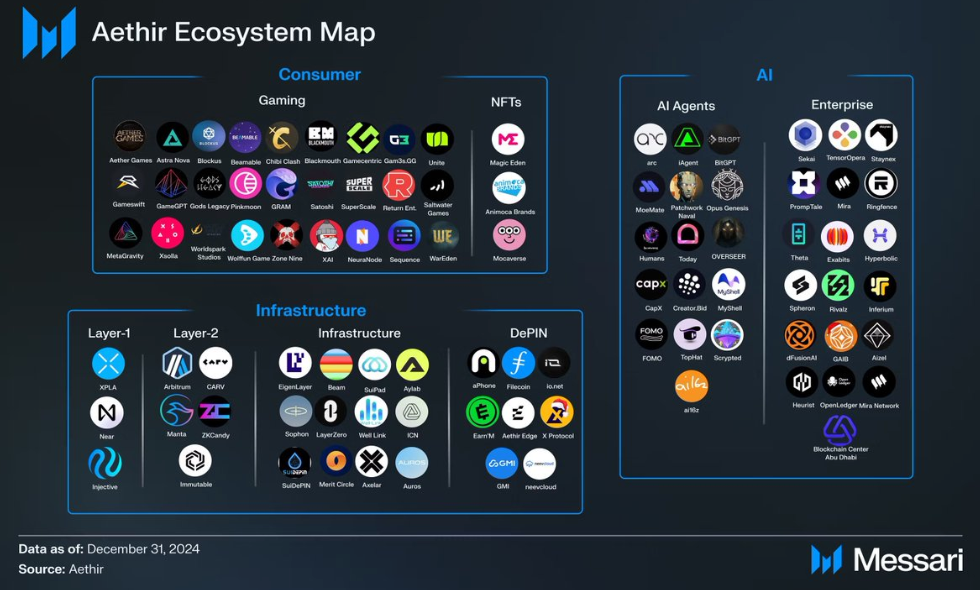
Источник:https://messari.io/report/understanding-aethir-a-comprehensive-overview
4. Экономика токенов
Токен ATH является основным токеном сети Aethir, предназначенным для поощрения различных ролей в сети, включая участников GPU, контейнеры, индексаторов, чекеры и пользователей стейкинга и т. д. Эти роли совместно поддерживают безопасность, стабильность и эффективность сети, способствуя здоровому развитию сети и процветанию экосистемы. Вы можете воспользоватьсяGate.comОжидание возможности легкого участия на основных торговых платформах в торговле на ATH, совместное использование возможностей, предоставленных ростом сети
4.1 Функциональность токена
- Оплата комиссий за транзакции: Пользователи могут использовать токены ATH для оплаты комиссий за транзакции при торговле ресурсами GPU на платформе Aethir и наслаждаться скидками на комиссии.
- Участвуйте в управлении платформой: держателям токенов ATH разрешено участвовать в процессах принятия решений, таких как обновления платформы, настройка параметров платформы и оптимизация сетевого протокола.
- Взаимодействие межцепочечной: Токены ATH поддерживают взаимодействие между несколькими блокчейн-платформами, улучшая их применение в различных экосистемах.
- Награды за стейкинг: Пользователи могут стейкать токены ATH в стейкинг-пуле платформы, чтобы зарабатывать награды на основе суммы стейкинга и срока, а также могут получать дополнительные токеновые награды от партнерских платформ.

Источник:https://user.aethir.com/stake
4.2 Распределение токенов
Стратегия распределения токенов ATH уделяет большое внимание балансу инцентивных механизмов. Большинство токенов выделяются сообществу и участникам экосистемы, особенно майнерам, разработчикам и пользователям. Кроме того, Aethir также предоставляет годовую доходность до 200% - 400% для держателей токенов и дополнительно увеличивает ликвидность токенов через сотрудничество с EigenLayer.
Aethir Токеномика:
- Airdrop: 6%
- Инвесторы: 11.5%
- Шашки и поставщики вычислений: 50%
- Команда: 12.5%
- Советники: 5%
- Экосистема: 15%

Источник:https://docs.aethir.com/aethir-tokenomics/token-distribution-of-aethir
4.3 Основная информация о токенах
- Капитализация рынка: $267.41M
- Полная рыночная капитализация: $1.42B
- Оборотный Объем: 7.89B (18.8% от Общего)
- Общее предложение: 41.99B
Базовая информация о токене ATH обновлена 18 марта 2025 года в 20:51. Цены на криптовалюты изменчивы, приведенная выше информация предназначена только для ознакомления.
4.4 Рыночная производительность токенов
Рыночная производительность ТИА, как показано на следующей фигуре:

Источник:https://www.Gate.com/ru/trade/ATH_USDT
5. Планирование будущего и инновации
Компания Aethir стремится содействовать развитию децентрализованных вычислительных услуг посредством непрерывных инноваций. В будущем Aethir планирует расширить покрытие своей глобальной GPU-сети, повысить доступность вычислительных мощностей и диверсифицировать свои услуги. Сотрудничая с ведущими партнерами, Aethir еще больше увеличит свою долю рынка в индустрии искусственного интеллекта и игр. Кроме того, Aethir планирует развивать свой механизм стейкинга на GPU, улучшая ликвидность токенов с помощью таких протоколов, как EigenLayer и StarGate.com. Этир также будет изучать инновационные вычислительные модели, такие как фрагментация вычислений и ликвидность узлов, чтобы снизить порог вычислений для ИИ и облачных игр, предоставляя пользователям больше выбора и более высокую доходность. Aethir стремится не только стать лидером в области децентрализованных облачных вычислений на GPU, но и стимулировать развитие децентрализованной инфраструктуры в экосистеме Web3. Благодаря оптимизированной технической архитектуре и партнерству с экосистемой, Aethir стремится достичь полной демократизации и глобальной популяризации вычислительных ресурсов.
6. Заключение
Децентрализованная сеть GPU Aethir, благодаря инновационным токен-механизмам и эффективным вычислительным ресурсам, открыла новую главу для приложений и веб-приложений AI. С увеличением спроса на децентрализованные вычисления Aethir предоставляет разработчикам, исследователям и предприятиям безопасное и масштабируемое решение. Уникальный стимулирующий механизм токена ATH не только содействует энтузиазму участников сети, но и способствует здоровому развитию всей экосистемы. В будущем ожидается, что Aethir станет неотъемлемой технологической инфраструктурой в цифровой эпохе, принося больше инновационных возможностей и ценности глобальным пользователям.
Похожие статьи
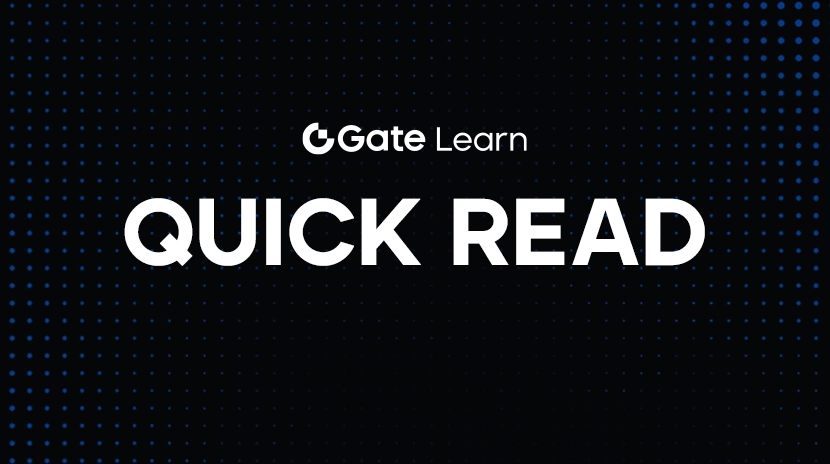
Как переводить средства с Binance безопасно и эффективно
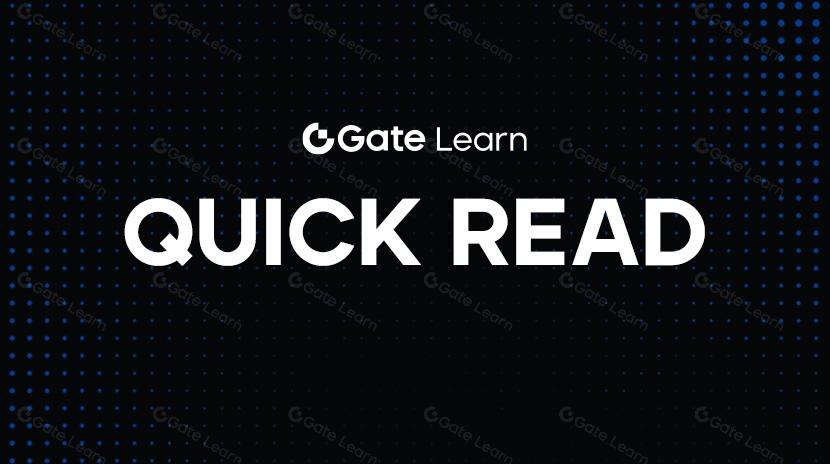
Понимание токена TRUMP в одной статье: Комплексный анализ токена $TRUMP
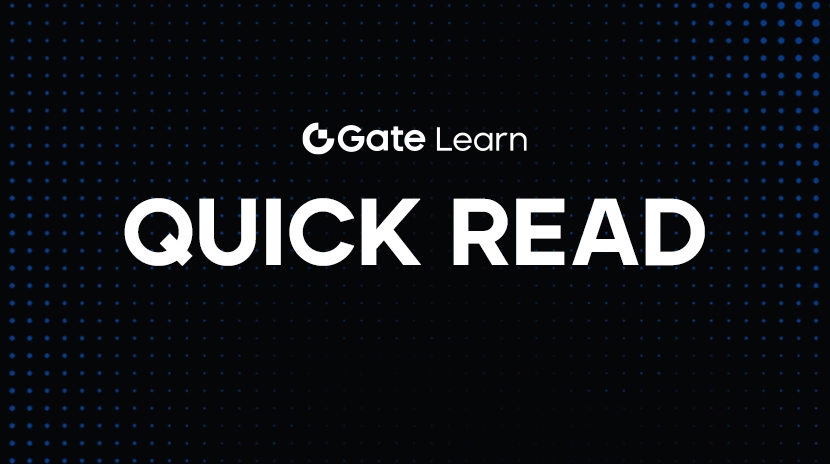
Как отследить транзакцию USDT BEP20?
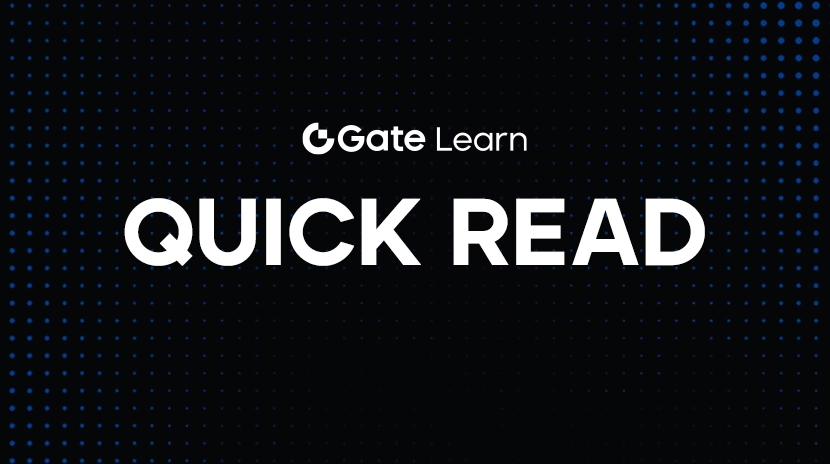
Сколько времени займет добыча 1 биткойна в 2025 году? Подробное руководство
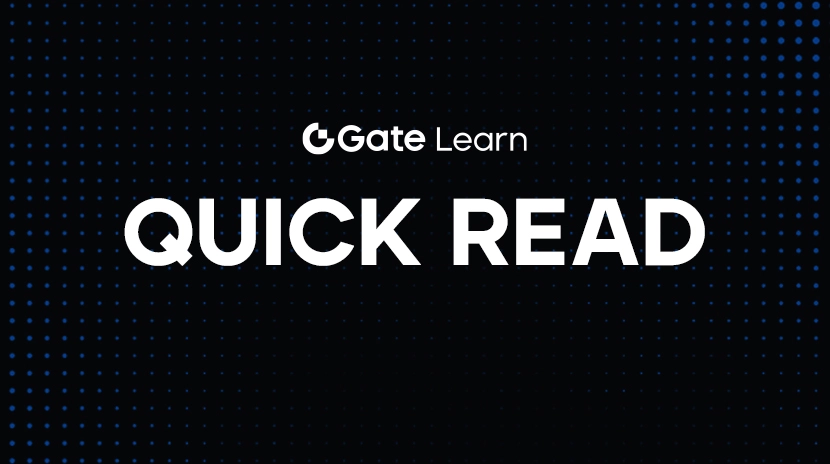
Что такое MELANIA: мем-монета на миллиард долларов, запущенная первой леди США
